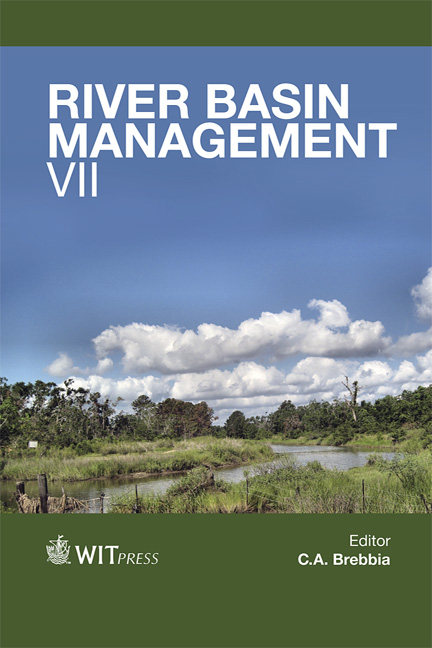Rainwater Harvesting Experiences Of The CIDECALLI And CFE
Price
Free (open access)
Transaction
Volume
172
Pages
11
Page Range
177 - 187
Published
2013
Size
1443 kb
Paper DOI
10.2495/RBM130151
Copyright
WIT Press
Author(s)
M. Anaya-Garduño, G. Arvizu-Lara, J. D. Martínez-Nájera, V. Arévalo-Mendoza, B. E. Martínez-Castillo, M. I. Martínez-Ponce & J. Chacón-Rodríguez
Abstract
Rainwater harvesting dates from ancient times, beginning in the Middle East more than 4000 years ago, in countries and regions such as Jordan, Mesopotamia and Palestine; these were progressively developed in Asia and America. Recently, rainwater harvesting is again an outstanding option for mitigation of water scarcity worldwide. Water in rivers, lakes, surface reservoirs and aquifers is increasingly impaired, which identifies that rainwater is a meaningful option for the supply. Its extensive use contributes to sustainable water management, reducing supply problems. Rainwater can be used in the whole range of human activities. Its benefits are environmental and economic. This paper shows the experiences of the International Centre for Demonstration and Training on Rainwater Harvesting (CIDECALLI, for its acronym in Spanish) of the Graduate College of Chapingo and Federal Electricity Commission (CFE), México, in the development of prototypes for the use of rainwater for human consumption at the level of family and community, backyard production, controlled environments, animal consumption, workplaces, aquifer recharge, and industry which have been developed in México and several countries in Latin America. Keywords: rainwater harvesting systems, sustainable water management.
Keywords
Keywords: rainwater harvesting systems, sustainable water management.





